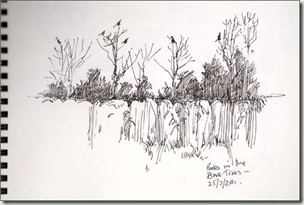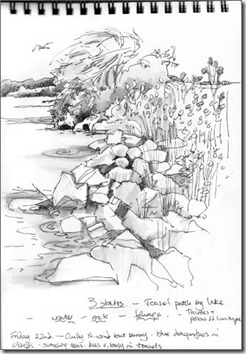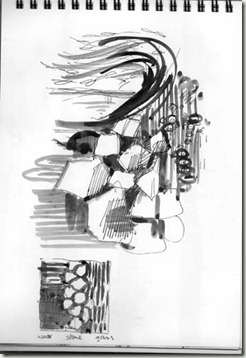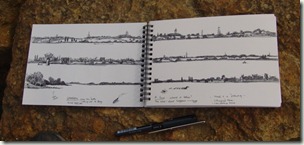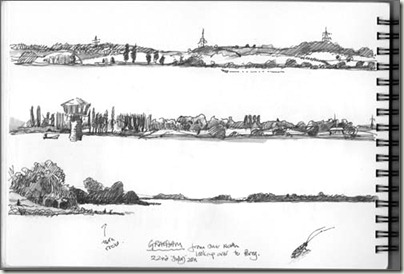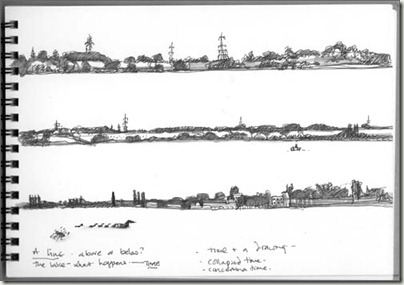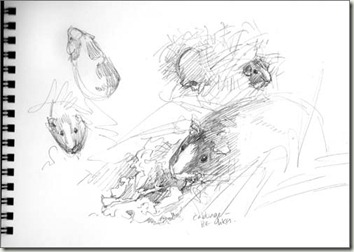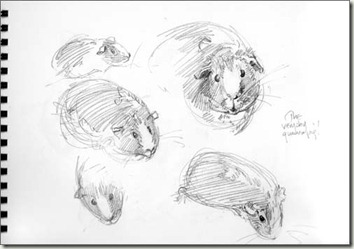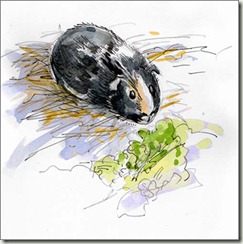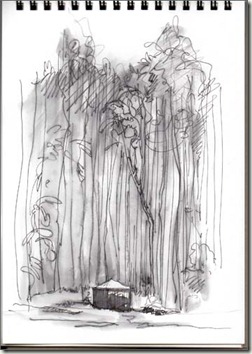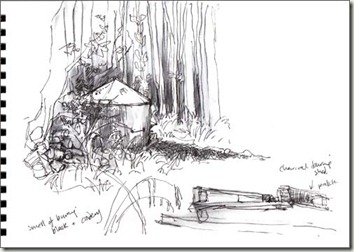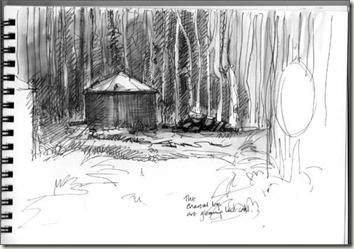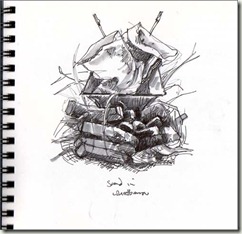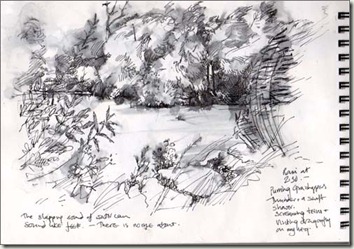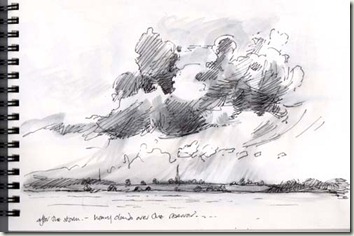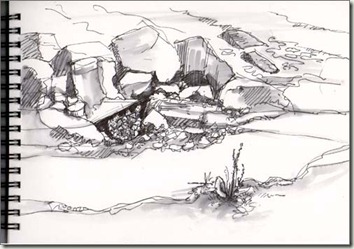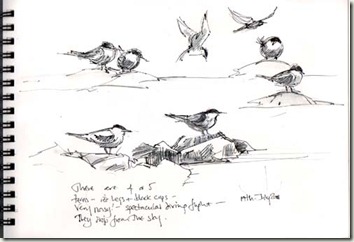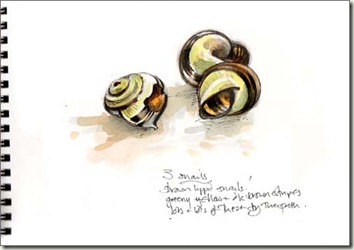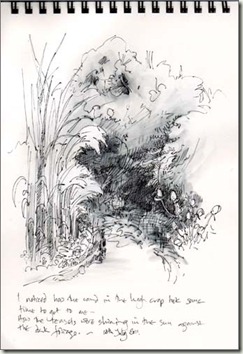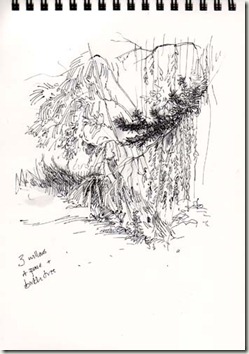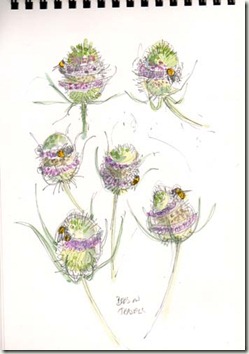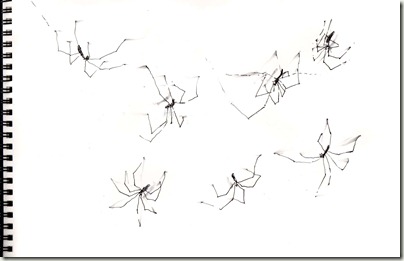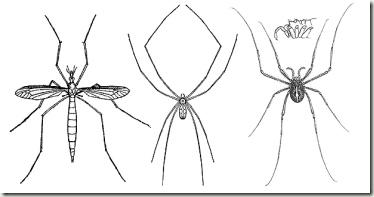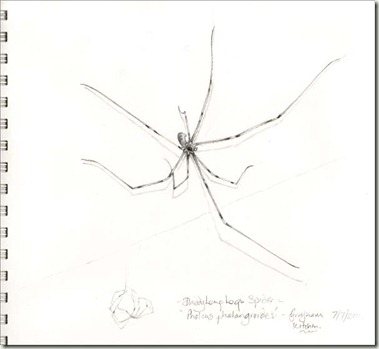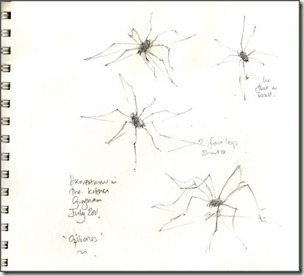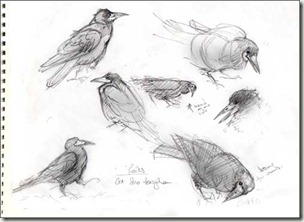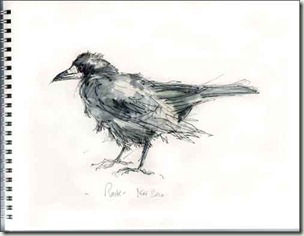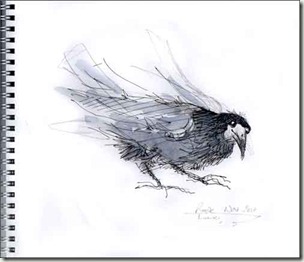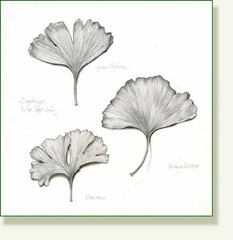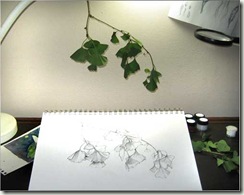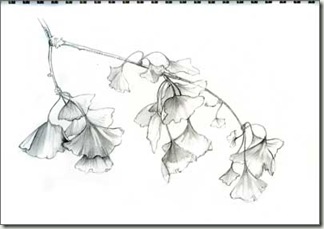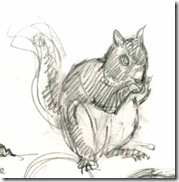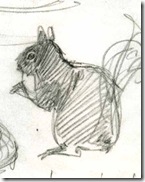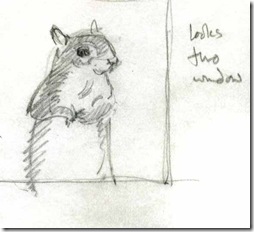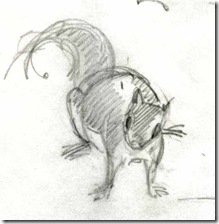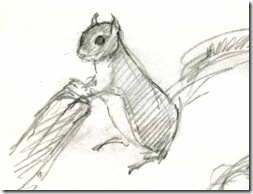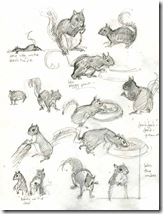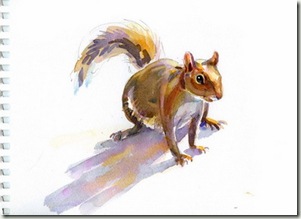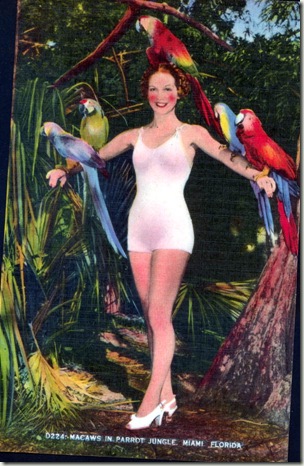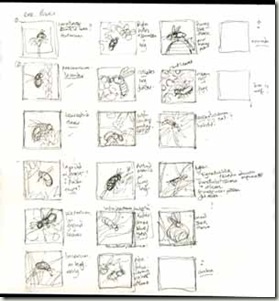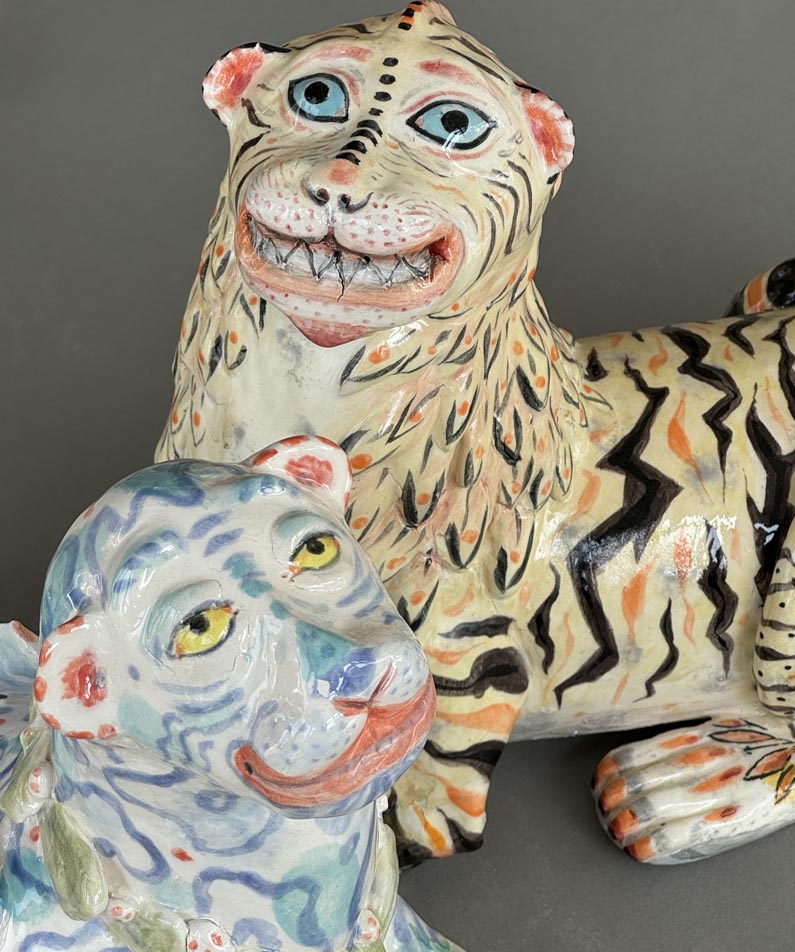When I left this house, just over three weeks ago, there were still one or two mason bee stragglers, faded and tatty but the frantic activity of the last two months was done.
Our humming house has fallen silent, its facias, soffits and airbricks quiet and still… however, inside is a different matter.
The house has been “empty” of human activity for just over a week, although empty is never really the right word because there is always something going on, some “thing” is glad you have gone and will be taking full advantage of unhindered and undisturbed access.
This time it’s the spiders. In our absence they have been especially busy and for an arachnophobe this can be daunting. Muffling thready webs had rounded all the corners, glued together the doors and windows and linked together all the furniture in one huge zip line playground for spiders.
Open any widow and with that soft, sticky, sucky web-tearing sound, a hoard of tiny spiderlets rush in. There are fat bodied spiders which hang around the windows at night and little stumpy black ones which seem to like to snuggle into clothes you untidily leave on the floor.
There are some neat spiders that fold themselves up quietly and unobtrusively in corners during the day and then rampage around the ceiling at night. And a few days ago there was a big grey house spider the size of a plate.
They have all happily moved in. There are lots of them but their numbers are as nothing compared with the spindle shanked long leggedey creatures that have now fully occupied every room ; the ceilings, shelves and corners, the insides of cupboards, under the sinks, behind cupboards, in the bathroom ( they like humid!) and behind the sofa.
All these areas have their own elegantly hanging long legged inhabitant.

My rough sketches here, done from quite a distance I should tell you, make them look too dark and substantial, when really some of them are very pale and barely there.
In my ignorance I had always thought they were “harvestmen” but they are not, these are Daddy Long Legs spiders.
Harvestmen, which yes, are also cohabiting with us, are something different.
If, like me, you didn’t know your Tipula from your Pholcus or your Metaphalangium here is a neat drawing and caption from the University of Washington’s Burke Museum’s site Spider Myths which explains it all.
 .
.
“Will the real “daddy-longlegs” please stand up?”
That confusing term is used for all these widely different creatures: (left) a crane fly, Tipula sp.; (center) a pholcid house spider, Pholcus phalangioides;(right) a harvestman, Metaphalangium albounilineatum (one of many similar harvestman species).”
To be fair I did know that Tipula, what we call daddy longlegs are flies and not (shudder inducing) flying spiders.
Some nice facts about these elegant spiders are that they hoover up all sorts of other bugs, including other spiders and, not perhaps so nicely, also their relatives. They are also known as Vibrating Spiders because they will shake their web when threatened. Supposedly to make themselves a difficult blurry target or perhaps just making their predator a bit dizzy.
Daddy Longlegs Spider Pholcus phalangioides meaning “squinting and fingerlike.

This is the kitchen spider who hangs just above my head as I sit here typing.
I have tried twanging this spider’s web to encourage a bit of vibrating but this one is not easily fooled.. or just, perhaps, too full of its own relatives to have enough energy to jiggle about.
Then earlier today who should come sauntering along the wall but a real harvestman. Now I know, I can easily see the difference. These little things generally seem to lie flatter to the wall and of course have round bodies and those two short front legs.
Opiliones: Harvestmen

I am wondering now, who eats who?

